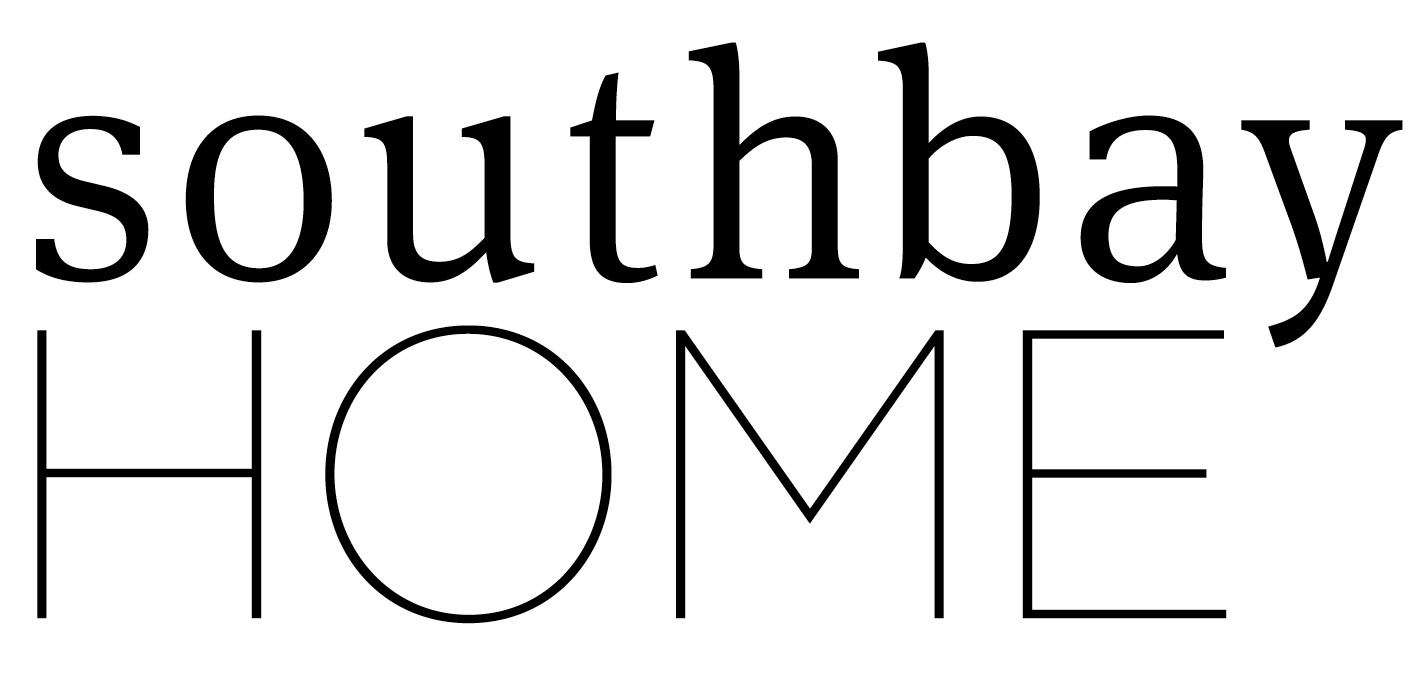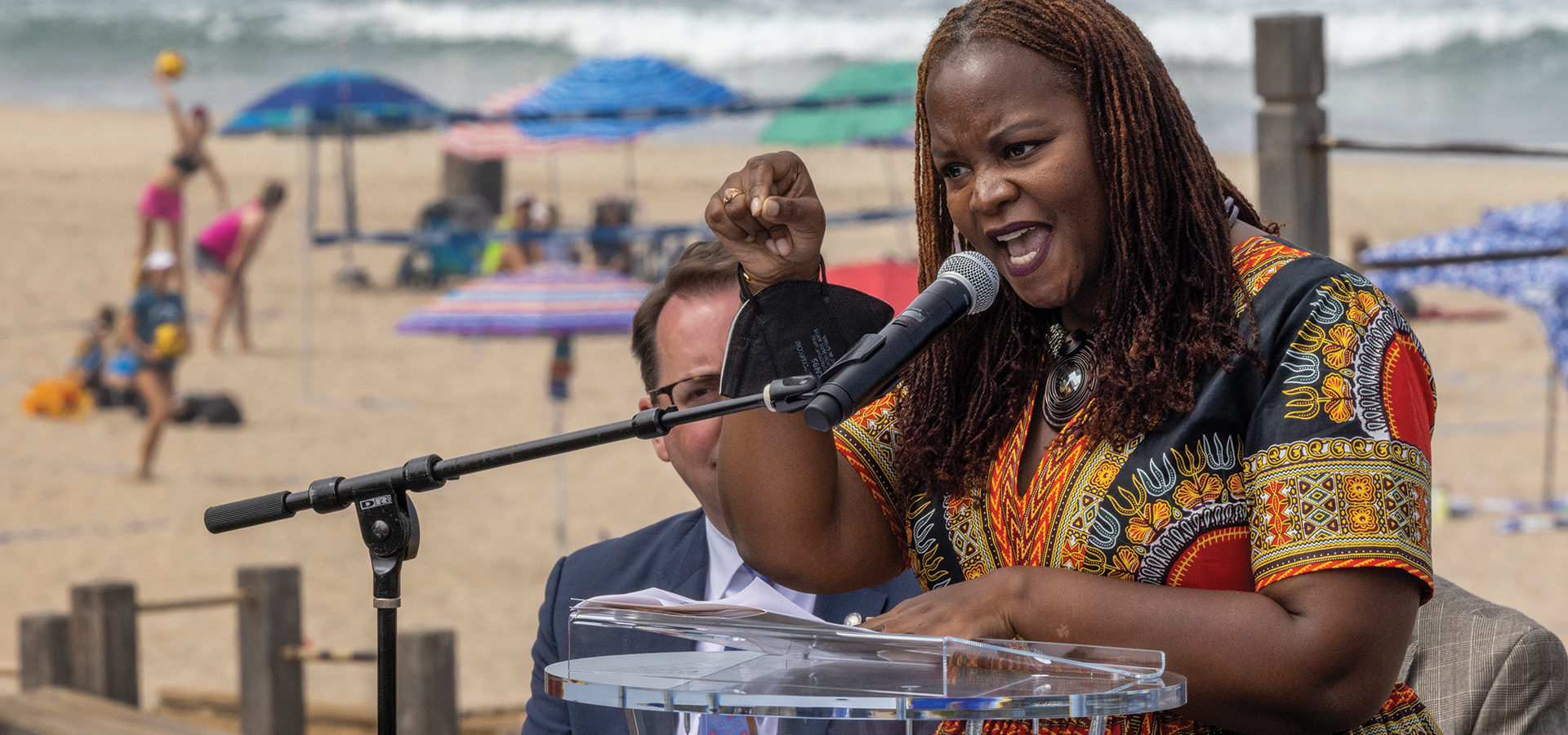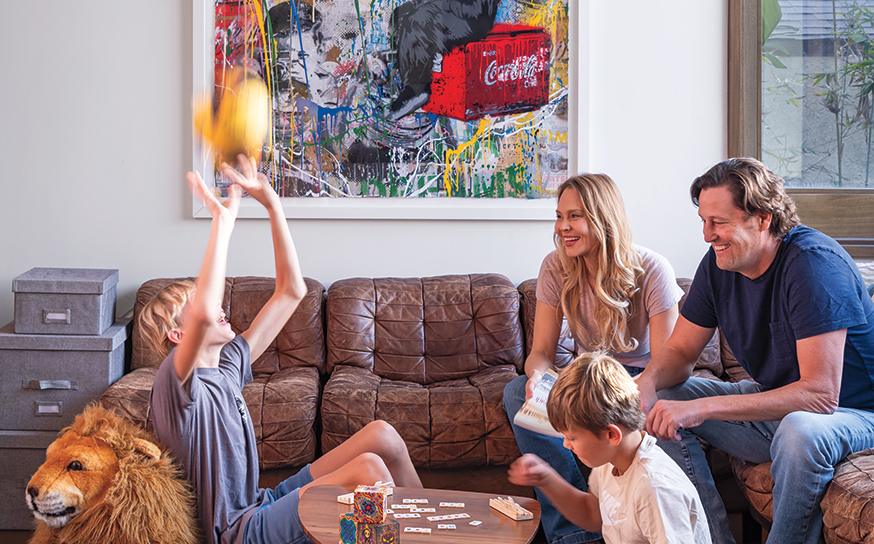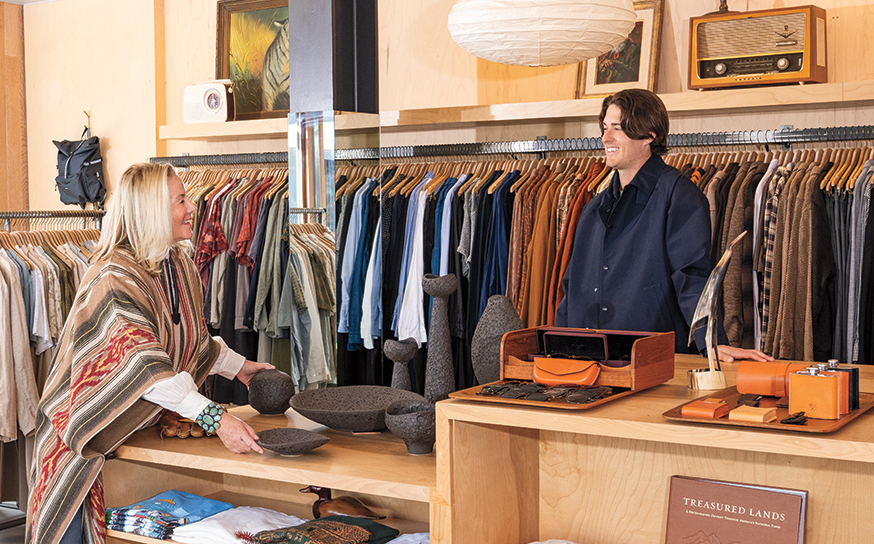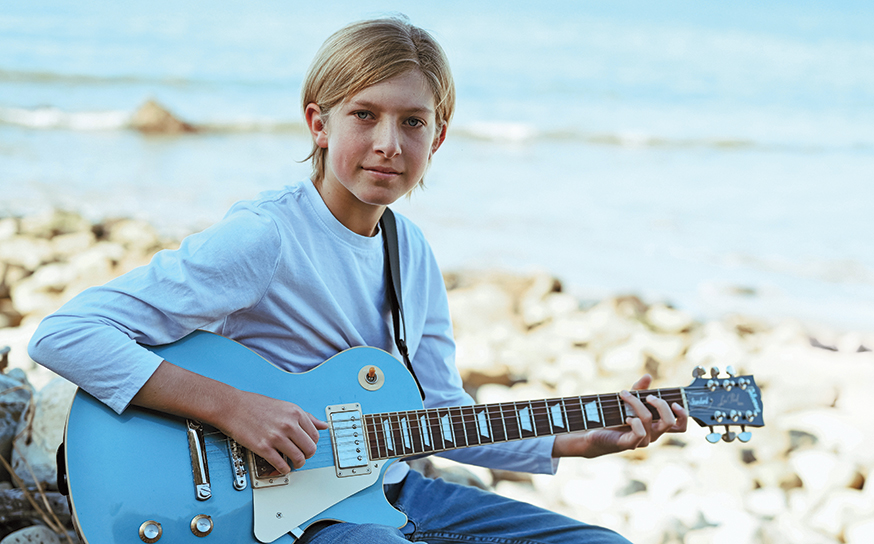Kavon Ward Had Never Heard the History of Bruce’s Beach. But Once She Did, She Knew She Couldn’t Rest Until Justice Was Served
Righting a wrong.
- CategoryPeople
- Written byAmber Klinck
- Photographed byMonica Orozco
- Above image photographed byDavid McNew / Stringer
Poetry has been a part of Kavon Ward’s life since she was a teen. Born and raised in Harlem, expression through spoken word has served as her therapeutic outlet. The power of her poetry has served others by raising awareness through her advocacy work.
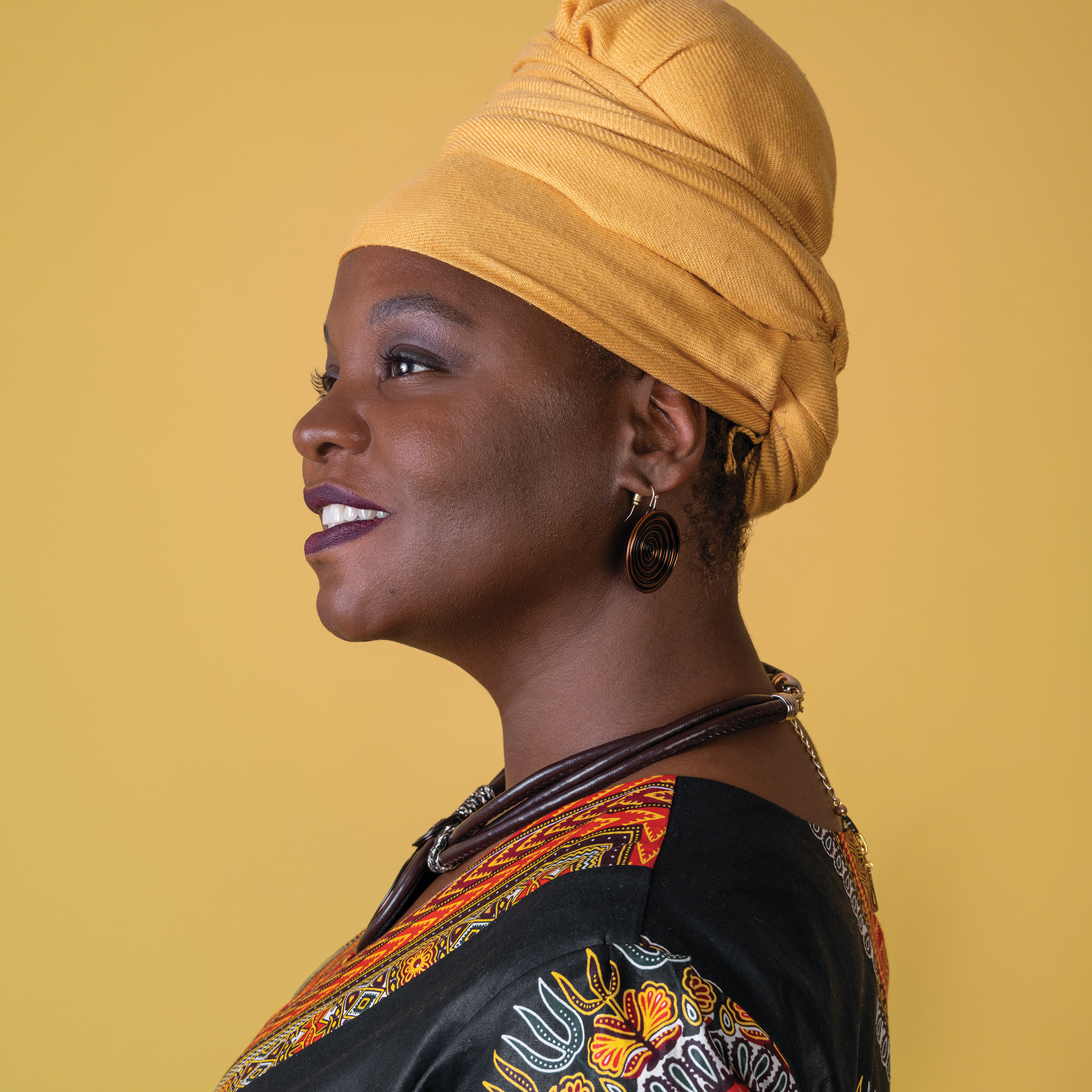
“I was what people would call a poetic activist. I performed a lot of spoken-word poetry, specifically around social justice issues and the murder of Black people. That’s where I started my advocacy. Well, that’s where I started my creative advocacy.”
Early in her career, Kavon was a Congressional Black Caucus Fellow. Shortly afterward, she worked as a lobbyist in Washington, D.C. It was during this time that Kavon faced racial discrimination within the organization she was lobbying for.
“I ultimately sued them,” she shares. “I was 25 years old. I think that’s when I realized that no matter how hard I worked, no matter how many degrees I obtained, this thing called racism would still rear its ugly head and essentially affect my life and my career. But I’ve always been a fighter. I grew up in Harlem during the crack epidemic in the 1980s to a mom who was addicted to drugs, to a father who was incarcerated, to a stepfather who was abusive. My entire life, I’ve had to fight.”
“I knew that if I wanted to help all these people across the country, I needed to establish a national organization—to help and to guide and to advocate.”
It was during what would become a five-year legal battle that Kavon started performing spoken-word poetry. “It was my therapy, my outlet. And it ultimately opened up doors to acting. I did a lot of theatre work in New York City and D.C., Maryland and Virginia.”
This inspired Kavon to focus more on television and film. So when the lawsuit settled, she decided to move to California—eventually landing in an unfamiliar beach town. “I had no knowledge of Manhattan Beach whatsoever. I just knew it was a beach community, and I love water.”
When the pandemic started in 2020, and then George Floyd was murdered on May 25 that same year, Kavon—like so many of us—found herself confined to her home and in need of community. With the help of other South Bay moms, Kavon started ARMs (Anti-Racist Movements) Around the South Bay.
After forming this group, Kavon received a 2007 Daily Breeze blog post that she had seen before, but it hadn’t grabbed her attention. She took a closer look and learned the history of Bruce’s Beach.
Willa and Charles Bruce, after years of harassment from racist neighbors and the Ku Klux Klan, had their land seized by the city of Manhattan Beach in 1924. The Bruces purchased their beachfront property in 1912 in order to build a resort for Black people in Southern California but were met with countless attempts to deter visitors—until the land was eventually seized.
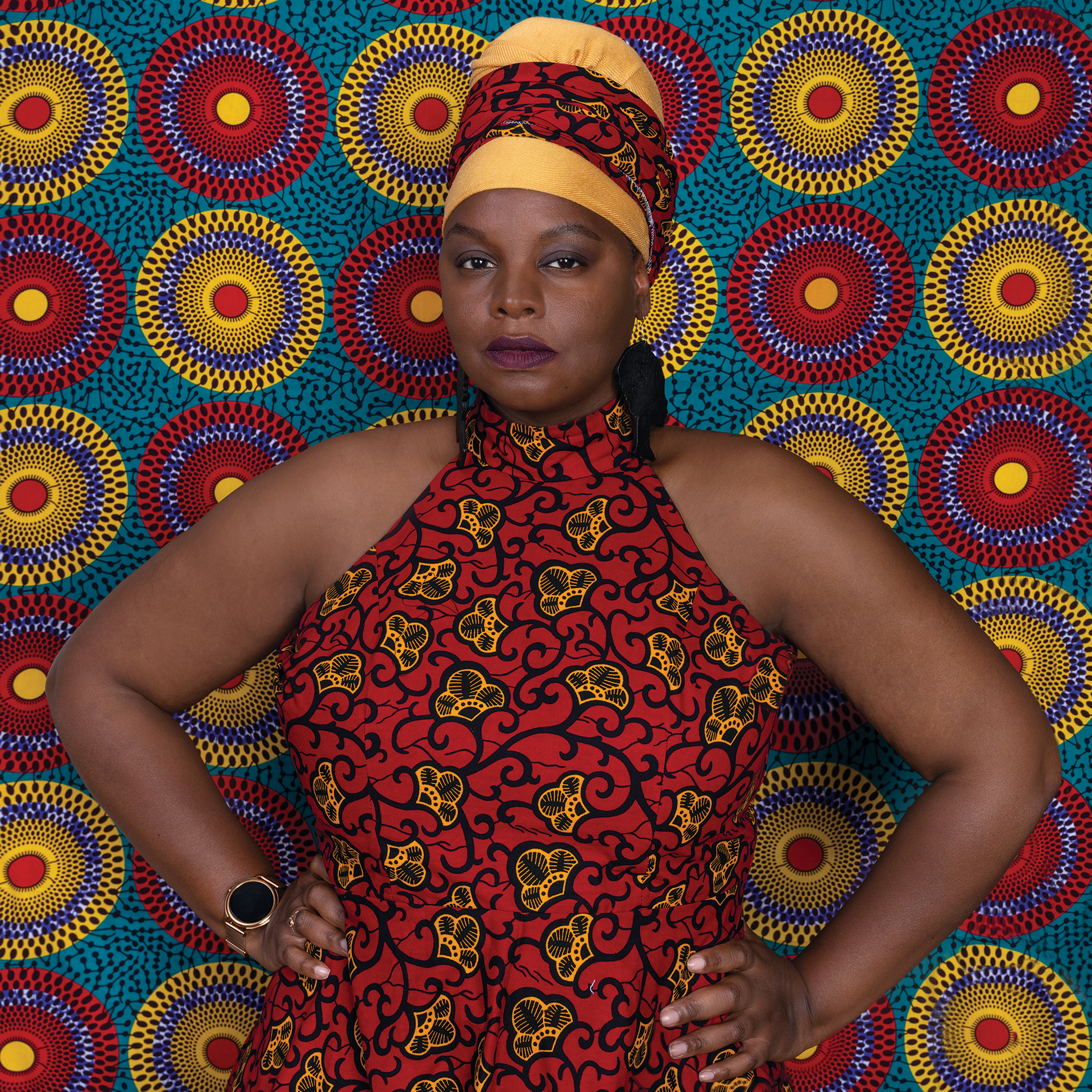
“It was even more baffling for me because I lived in Manhattan Beach, and I had no knowledge of this,” she says. “I wanted to know if other people knew.”
To raise awareness, Kavon organized a picnic at Bruce’s Beach on Juneteenth 2020. It was meant to be relatively small, keeping in mind the importance of staying socially distanced. But it got the attention of the Daily Breeze, which published a story the morning of the picnic—drawing more people to the event.
“Two of those people were Vivian and Patricia Bruce,” Kavon shares. Having policy experience and years of advocacy work under her belt, she offered to help the Bruce family, and the grassroots movement Justice for Bruce’s Beach was born. The mission was to get restitution and restoration for the Bruce family, but there wasn’t a blueprint on how to do that—until now.
On Wednesday, July 20, 2022, Anthony Bruce, a great-great-grandson of Charles and Willa Bruce, along with his wife, Sandra, were presented the deed to the property stolen from the Bruce family nearly 100 years ago. And people were watching as history was being made.
Kavon started getting flooded with requests from people asking for help getting their family’s land back. “I knew that if I wanted to help all these people across the country, I needed to establish a national organization—to help and to guide and to advocate. And so that is how we gave birth to Where Is My Land.”
Kavon feels this is a calling—to help as many people as she can. The Where Is My Land organization is working tirelessly to build a stronger infrastructure, hire more people and raise more funds. We can’t change our past, but we can acknowledge it, learn from it and do everything we can to make it right.




